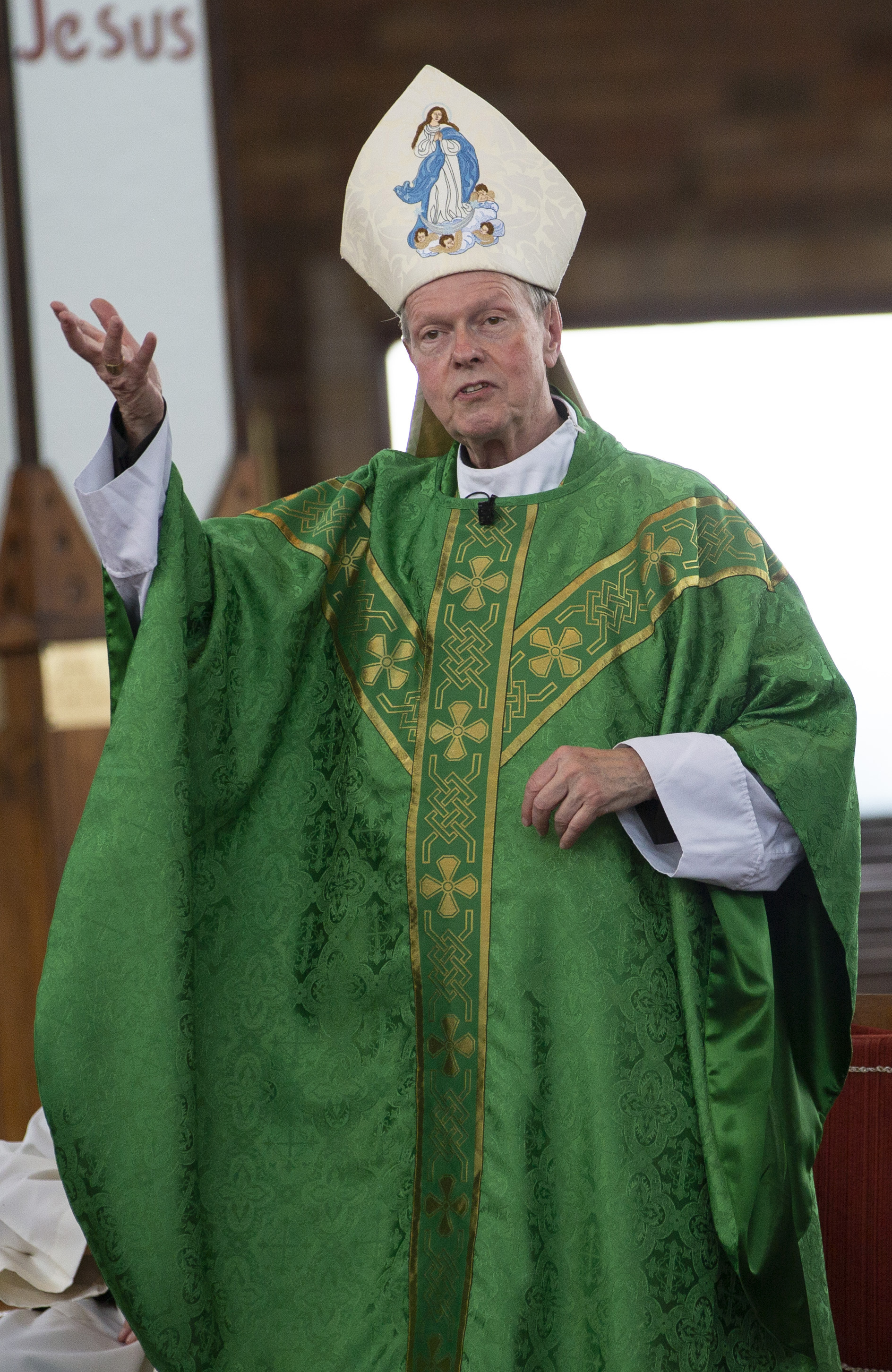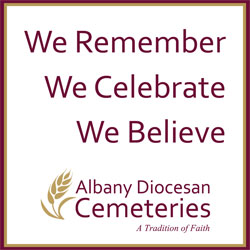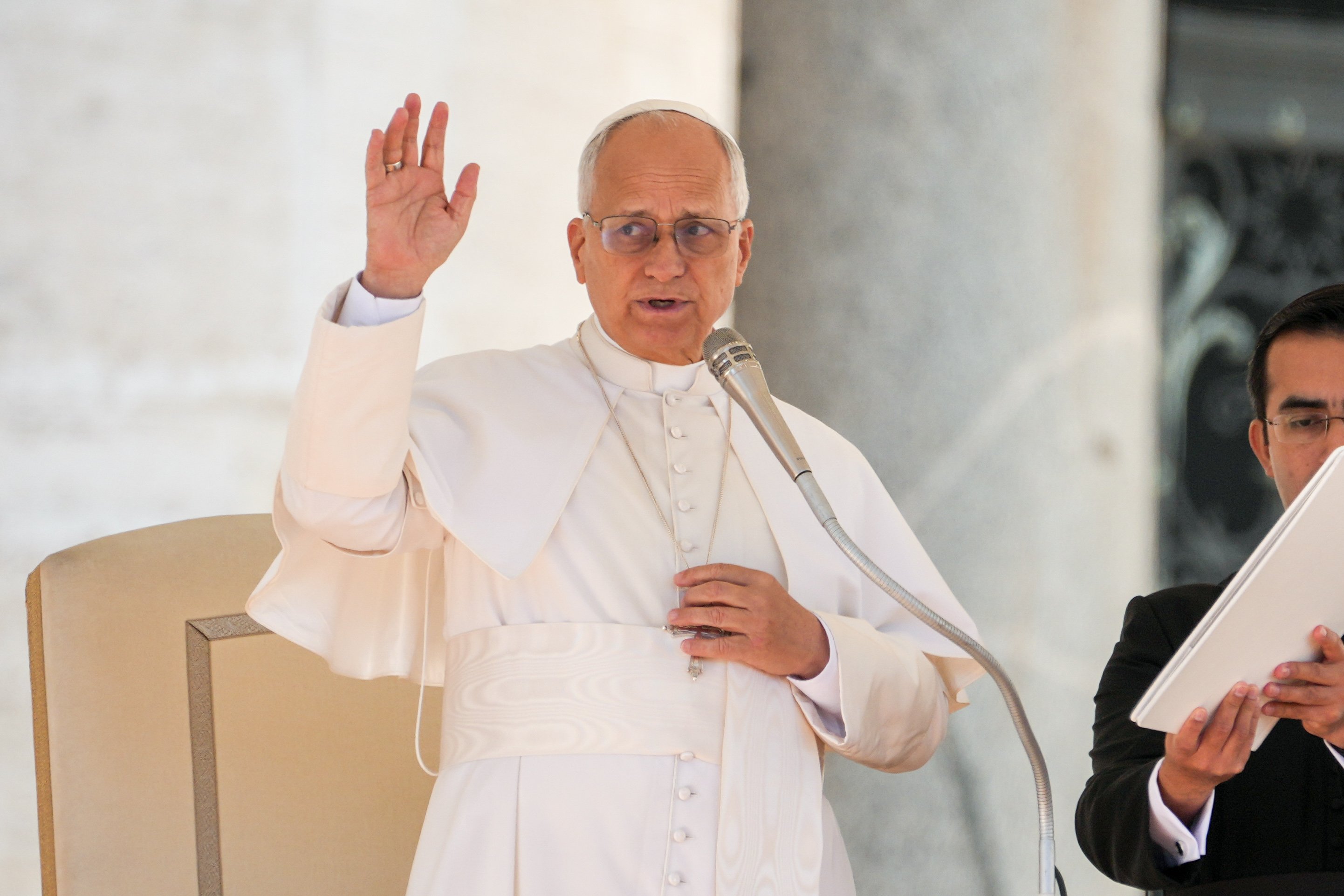July 17, 2018 at 8:24 p.m.
In late May, just as students at Siena College in Loudonville were finishing their final exams, the college was breaking ground on its latest grant project: an observatory on top of its main School of Science building, Roger Bacon Hall.
The observatory is on track to open in August, just in time for the fall semester. Once completed, the structure will be home to the largest telescope in the Capital District.
“The observatory was something that was on our wish list for a long time,” said Dr. John Cummings, dean of the School of Science.
In 2015, Siena was invited to apply for a grant from the Maryland-based Sherman Fairchild Foundation. The following year, physics professor and grant coordinator Dr. Rose Finn and Dr. Cummings co-authored the proposal for the observatory. In 2017, Siena received a $467,402 grant from the foundation for the project. Alumnus John Breyo and his wife, Marilyn, donated $100,000 toward the observatory.
“It was fantastic,” Dr. Cummings recalled. He knew the observatory would be part of a “very strong physics department” at Siena.
Known for its business school, Dr. Cummings said that Siena’s STEM departments are “one of the best-kept secrets of the Capital District.” He hopes the new observatory will shed some light on Siena’s strong science and research programs.
“I’m excited students get this opportunity,” he said.
According to a Siena press release, the telescope will be kept inside a 16-foot structure and topped by a rotating dome with a window opening. The telescope will contain a 27-inch-diameter mirror that can be remotely controlled through the internet.
Dr. Finn said the telescope will allow for the observation of planets and even the moons of Jupiter and Saturn’s rings. It also contains advanced imaging that can track nearby asteroids. The telescope will also be able to follow the light of exploding stars; a spectrograph will help users analyze the chemical composition of stars, nebulae and galaxies.
The observatory will be used by physics and astronomy professors and students. Even Siena students who are not majoring in physics or astronomy will get access to the observatory.
Around 30 percent of Siena students take introductory astronomy as a liberal arts elective. They will be able to use the observatory as part of their curriculum in the fall.
The fact that so many students sign up for the astronomy course “speaks to their curiosity,” noted physics professor Dr. John Moustakas. “You don’t have to convince a kid to look through a telescope.”
Dr. Moustakas said one of Siena’s goals with the observatory is to introduce students to research projects. One anticipated project includes research into “time domain astronomy,” which is the study of how astronomical objects, especially those beyond the solar system, change with time.
With the observatory, students will be able to track changes in the night sky. “We never had the resources to monitor the sky before,” Dr. Moustakas said.
He added that students are “chomping at the bit” to start using the observatory in the coming semester. In addition to the main telescope, there will also be six portable telescopes stationed on the rooftop.
Siena is looking into hosting public astronomy nights and events on nights when specific planets or stars will be visible through the telescope. “We want to make it available to the public,” Dr. Cummings said.
- US bishops overwhelmingly back ban on ‘gender interventions’ by Catholic health care
- Bishops issue pastoral message on immigration, elect USCCB secretary, approve ERDs
- House approves funding package to end government shutdown; Trump signs measure into law
- Bishop Rhoades elected USCCB secretary; 6 bishops elected to lead key posts
- Organizers highlight unique digital encounter between Pope Leo XIV and American youth
- Outgoing US bishops’ president on leadership, Eucharistic revival and the American pope
- Bishops approve new National Eucharistic Congress for summer 2029
- BREAKING: US bishops approve ‘special pastoral message’ on immigration
- USCCB has ‘balanced budget’ for now, but priorities, resources under review
- Bishops on Trump’s Religious Liberty Commission say they are working to protect all faiths








Comments:
You must login to comment.